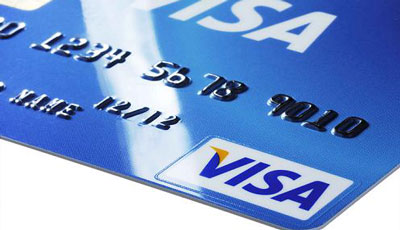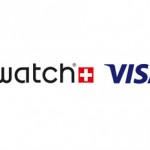Visa: Why 2015 was the year for payments

2015 was definitely the year for payments. The sector saw transaction volumes grow an average of nine percent. New players like Apple joined the game. Others like Samsung and Google limbered up on the touchline.
The fintech trend really swept the tech sector. Mix in the emergence of new platforms like Blockchain and it is fair to say the sector experienced a rapid evolution over the last 12 months. So, let’s look back at some of those factors. The ones that made payments the sector everybody wants to be part of.
Always growing
The growth curves are at just the right point. 2015 saw contactless growth achieve a major milestone in the UK. The one billion contactless transactions mark was surpassed in July. That meant UK cardholders spent £929 million, up 213.1% on the previous year. The value of the average transaction was £7.72 according to the UK Cards Association.
Always innovating
On top of the right growth trajectories, payment innovation drove progress. The new players, Apple, Samsung or Google, seemed to be constantly, competitively, announcing their own innovations. Apple pulled the trigger to start the race back in July, launching ApplePay back in July in the UK. After that Samsung released Samsung Pay, which went live in the US and Korea last August. No matter what the digital payment innovation it’s great to know it will all drive that growth rate when it hits the mainstream.
Fintech, the place where everyone wants to be
Behind any innovation there’s a technology and that is no more evident in the mainstreaming of Fintech. The year has seen the real merger of finance and technology innovation. Tech in finance is now much more than esoteric old systems for traditional institutions. And the wider tech sector has woken up to how financial innovations can shape user experiences no matter which vertical they are applied to. Our CEO Nicholas Huss gave six reasons why payments rule that illustrate this payments omnipresence.
Fintech is genuinely transformative. It crosses boundaries, dismantles borders and delivers values for consumers and companies alike. In his article, Huss notes the P/E ratio of Fintech payment businesses is twice the market average – and up to 25 times more than some other firms. With some start-ups achieving billion dollar plus valuations, Square ($6n) and TranferWise ($1bn), Fintech really has arrived.
Blockchain and Bitcoin, now more real than ever
When 2015 arrived a lot of innovation chatter in Fintech focused on Bitcoin, but as we leave the year that focus has shifted substantially to the blockchain. If we think back to how it was perceived a year ago and then how it is understood today, it’s clear that another transformation is happening. 2015 has turned blockchain into something the industry has to live with. It is no longer a choice anymore. Recent news speculating about the identity of its creator and the formalisation of virtual money as a commodity, just makes it more real than ever before.
The challenges for blockchain and bitcoin in the year ahead will be two-fold. Proponents will have to further address the lack of trust, a challenge the have faced since their creation. Then, the challenge of turning these technologies to tackle more real-world scenarios, such as sending money overseas.
Source: Visa – Why 2015 was the year for payments




























